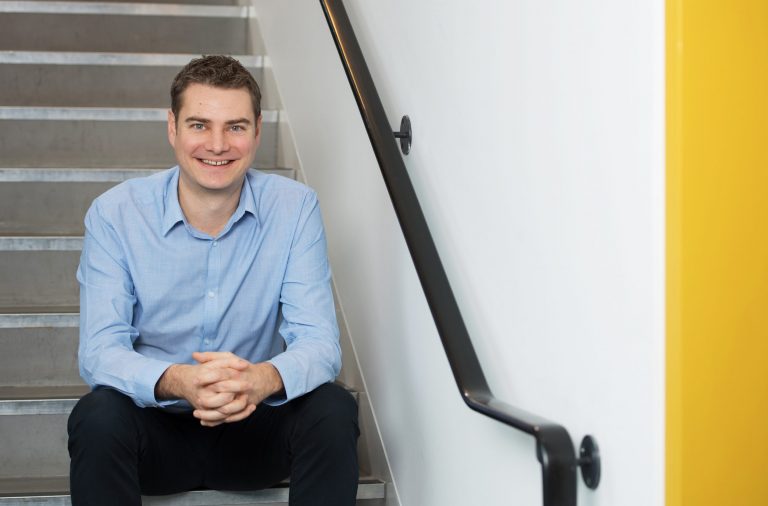Create space to unplug
Managing Director Pete Ladhams begins our Recipe for a Well Workplace series for OnOffice talking about technology’s role in creating a wellbeing-orientated workplace.

Technology has permeated all aspects of contemporary life, and the workplace is no exception. Its centrality in today’s world makes it almost impossible to operate without reliable IT infrastructure. But while technology has made business more agile, dynamic and productive, there is a darker side, namely the mental and physical health implications of being permanently plugged into the matrix.
The way technology informs design can be separated into two categories: infrastructural and cultural. Infrastructural design implications are the technologies that allow businesses to operate within the modern economy. While crucial, the wellbeing implications of these aspects are marginal.

The cultural design aspects are far more prescient and many people are beginning to wake up to this. Due to the all-encompassing nature of technology in our lives, and how it has, in some part, blurred the divide between office and home, it’s important to create opportunities to “unplug” within the workplace.
Whether it’s spurring staff to take time away from their screens, or increasing opportunities for face-to-face interaction, the wellbeing implications are astounding. And, more importantly, we are beginning to develop ways to understand these impacts. At Assael, we are piloting a Social Value Toolkit for Architects on our staff that measures the benefits generated through the design of our offices. This will not only provide real data to influence future projects, but enable us to adapt.
One simple design solution is a communal kitchen, where staff can prepare food and eat together. Research shows that communal eating has a range of physical and mental health benefits, including promoting healthier eating and making us feel more connected. At our London offices, the hi-tech coffee machine has become the main hang-out spot for a chit-chat – the new “water cooler”.
Alongside communal spaces, designers should consider more secluded areas where staff can escape for some solitude and focus.
To make these spaces a place for disconnecting too, occupiers can allocate them as “tech-free zones”.

There’s also the productivity problem. Globally, we’re spending on average 135 minutes a day using social networking sites, up from 95 minutes in 2013. For all the convenience phones have brought, they are a huge distraction. Their mere presence – within sight or not– reduces an individual’s cognitive ability and, as research is beginning to suggest, our hyper-connectivity is beginning to rewire our brains.
The impacts aren’t all negative. Technology allows an unprecedented flexibility. Cloud-based storage and almost omnipresent wi-fi mean that many employees can work when and where suits them best. The reduced rigidity makes the physical workspace even more important for interaction between employees.
But, regardless of the benefits and risks of technology, its integration in the workplace should not come without critical analysis from designers. To create offices that support occupiers’ mental and physical wellbeing, it’s paramount that there are spaces where people can unplug and remember what it is to be human.
Pete Ladhams, Managing Director of Assael Architecture
Illustrations of Assael’s studios in Putney, London